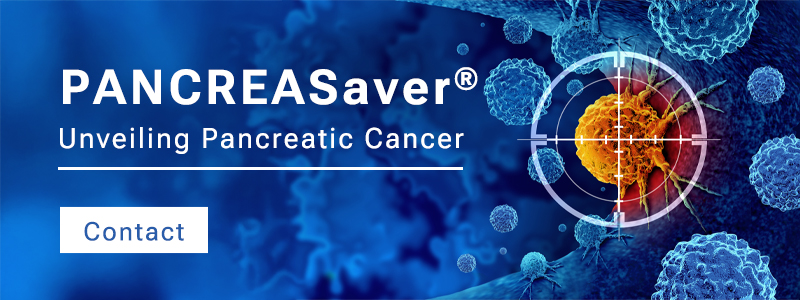Blog
Understanding pancreatic cancer: prevention, treatment and care
December 23,2019

Pancreatic cancer, known as the "King of Cancers", scares many people because its early symptoms are not obvious and most of the cancer is already in the advanced stage when it is discovered. It is difficult to treat and has a low survival rate. Today we will learn more about pancreatic cancer, from understanding the symptoms, risk factors, to prevention and treatment methods. Let us pay attention to health together and actively face challenges.
Recommended products : products,products
Because the pancreas is located deep inside the body, cancer of the pancreas is not easily detected in the early stages, and symptoms often appear only in the late stages. This makes the prime time for treatment easy to miss, so special attention and regular check-ups are required.
Recommended products : products,products
Understand pancreatic function and understand cancer invasion
The pancreas is located deep in the abdomen and is responsible for producing pancreatic juice to aid digestion and secreting insulin to control blood sugar. Pancreatic cancer is a malignant tumor that occurs in the pancreas. Pancreatic cancer can be divided into exocrine and endocrine types, with the former being the most common, accounting for 80-90% of cases.Because the pancreas is located deep inside the body, cancer of the pancreas is not easily detected in the early stages, and symptoms often appear only in the late stages. This makes the prime time for treatment easy to miss, so special attention and regular check-ups are required.
Symptoms of pancreatic cancer, don’t ignore these signs, early detection is key
The symptoms of pancreatic cancer are often not obvious in the early stages, but you must pay attention if the following conditions occur:- Persistent abdominal pain: Most patients will feel persistent dull pain in the upper abdomen or left upper quadrant, sometimes radiating to the back.
- Jaundice: Yellowing of the skin and the whites of the eyes, and dark urine, caused by tumors compressing the bile ducts.
- Loss of appetite and weight loss: Sudden loss of appetite and weight loss for no apparent reason.
- Indigestion: Frequent feelings of bloating, indigestion, and even nausea and vomiting.
- Back Pain: Persistent back pain that worsens especially at night.
Who are the high-risk groups? Be sure to pay attention to these factors!
Understanding the risk factors for pancreatic cancer can help us better prevent:- Age: The older you are, the higher your risk, especially those over 65.
- Family history: People with a family history of pancreatic cancer are at higher risk than the general population.
- Smoking: Smoking is one of the important risk factors for pancreatic cancer. The harmful substances in tobacco can destroy pancreatic cells.
- Diet: A diet high in fat and sugar, especially food cooked at high temperatures, will increase the risk of pancreatic cancer.
- Obesity:Obesity is closely related to pancreatic cancer. The fatter you are, the greater the risk.
- Chronic pancreatitis: In patients with long-term chronic pancreatitis, pancreatic cells are often in a state of inflammation and are more likely to become cancerous.
- Diabetes: Especially sudden onset of diabetes may be a precursor to pancreatic cancer.
Prevent pancreatic cancer, start with daily actions to reduce the risk of cancer
Although pancreatic cancer is difficult to completely prevent, some lifestyle changes can reduce the risk:- Quit smoking: Stop smoking and stay away from second-hand smoke.
- Maintain health: Exercise appropriately and maintain a good routine.

